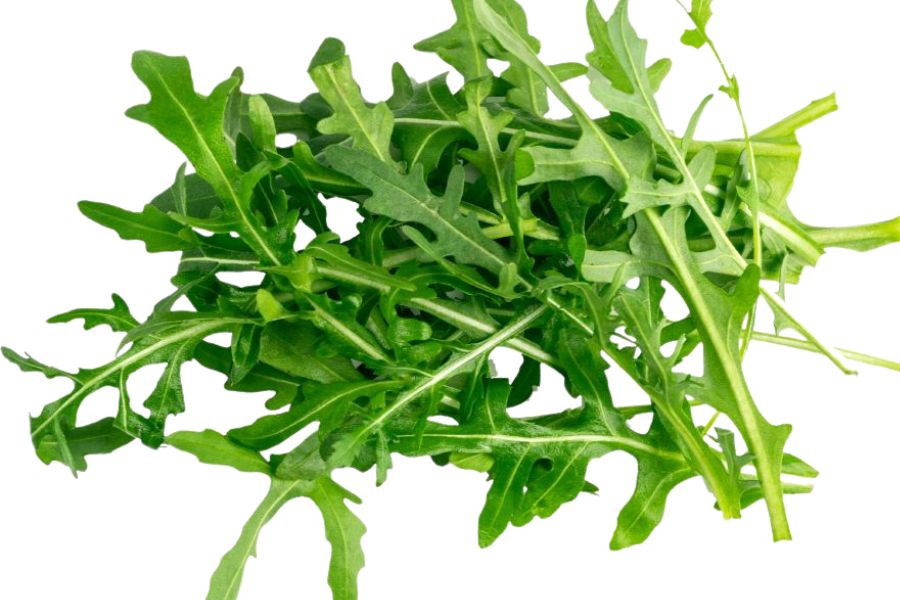Mississippi offers a wild buffet of nature’s bounty right under your feet. The state brims with edible plants, nuts, and fungi throughout its diverse landscapes. From forests to fields, countless treasures wait for keen eyes to spot them.
Foraging brings both food for your table and peace for your mind. The act of searching for wild persimmons or pawpaws pulls you away from screens and into the present moment. Plus, some wild foods fetch impressive prices at specialty markets and upscale restaurants.
Local knowledge passed through generations reveals when and where to look. Spring brings tender pokeweed shoots. Summer offers plump berries. Fall delivers nuts and certain mushrooms. Winter still holds surprises like pine needle tea ingredients.
The deeper you explore Mississippi’s woods, the more useful plants and fungi seem to appear where you wouldn’t expect them. Some blend in so well you’ll pass them a dozen times before catching on. But with the right eye, you can fill your bag with an impressive variety of edible treasures.
What We Cover In This Article:
- What Makes Foreageables Valuable
- Foraging Mistakes That Cost You Big Bucks
- The Most Valuable Forageables in the State
- Where to Find Valuable Forageables in the State
- When to Forage for Maximum Value
- The extensive local experience and understanding of our team
- Input from multiple local foragers and foraging groups
- The accessibility of the various locations
- Safety and potential hazards when collecting
- Private and public locations
- A desire to include locations for both experienced foragers and those who are just starting out
Using these weights we think we’ve put together the best list out there for just about any forager to be successful!
A Quick Reminder
Before we get into the specifics about where and how to find these plants and mushrooms, we want to be clear that before ingesting any wild plant or mushroom, it should be identified with 100% certainty as edible by someone qualified and experienced in mushroom and plant identification, such as a professional mycologist or an expert forager. Misidentification can lead to serious illness or death.
All plants and mushrooms have the potential to cause severe adverse reactions in certain individuals, even death. If you are consuming wild foragables, it is crucial to cook them thoroughly and properly and only eat a small portion to test for personal tolerance. Some people may have allergies or sensitivities to specific mushrooms and plants, even if they are considered safe for others.
The information provided in this article is for general informational and educational purposes only. Foraging involves inherent risks.
What Makes Foreageables Valuable
Some wild plants, mushrooms, and natural ingredients can be surprisingly valuable. Whether you’re selling them or using them at home, their worth often comes down to a few key things:
The Scarcer the Plant, the Higher the Demand
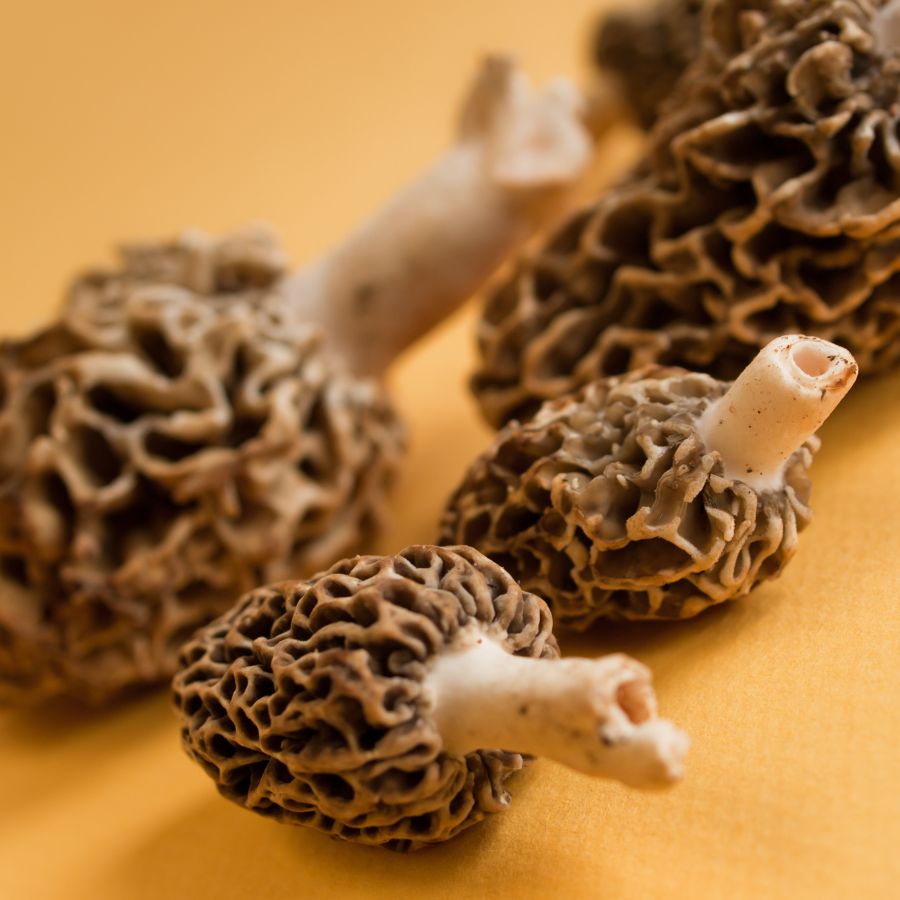
Some valuable forageables only show up for a short time each year, grow in hard-to-reach areas, or are very difficult to cultivate. That kind of rarity makes them harder to find and more expensive to buy.
Morels, truffles, and ramps are all good examples of this. They’re popular, but limited access and short growing seasons mean people are often willing to pay more.
A good seasonal foods guide can help you keep track of when high-value items appear.
High-End Dishes Boost the Value of Ingredients
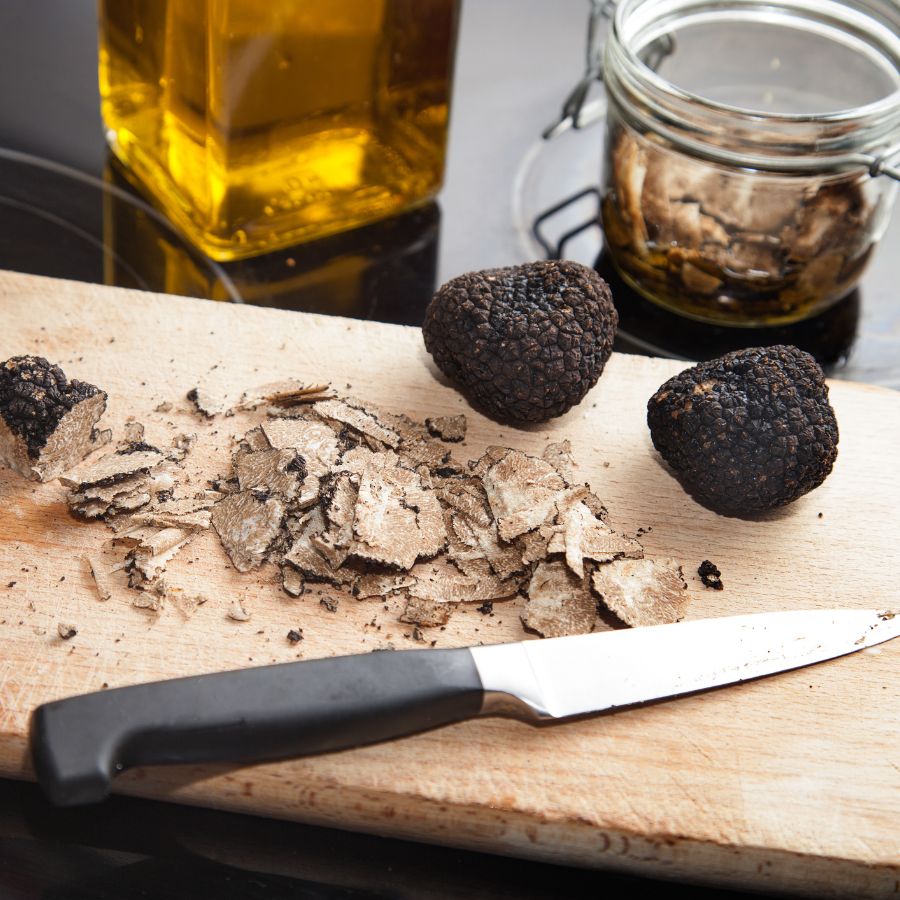
Wild ingredients that are hard to find in stores often catch the attention of chefs and home cooks. When something unique adds flavor or flair to a dish, it quickly becomes more valuable.
Truffles, wild leeks, and edible flowers are prized for how they taste and look on a plate. As more people try to include them in special meals, the demand—and the price—tends to rise.
You’ll find many of these among easy-to-identify wild mushrooms or herbs featured in fine dining.
Medicinal and Practical Uses Drive Forageable Prices Up
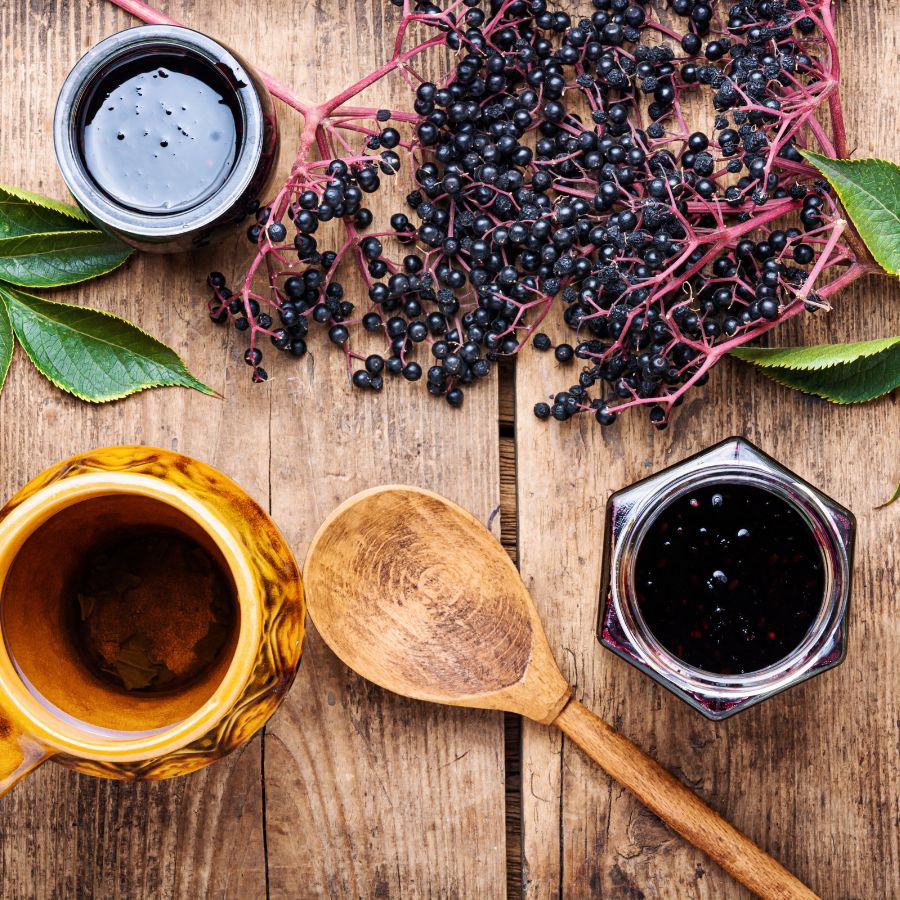
Plants like ginseng, goldenseal, and elderberries are often used in teas, tinctures, and home remedies. Their value comes from how they support wellness and are used repeatedly over time.
These plants are not just ingredients for cooking. Because people turn to them for ongoing use, the demand stays steady and the price stays high.
The More Work It Takes to Harvest, the More It’s Worth
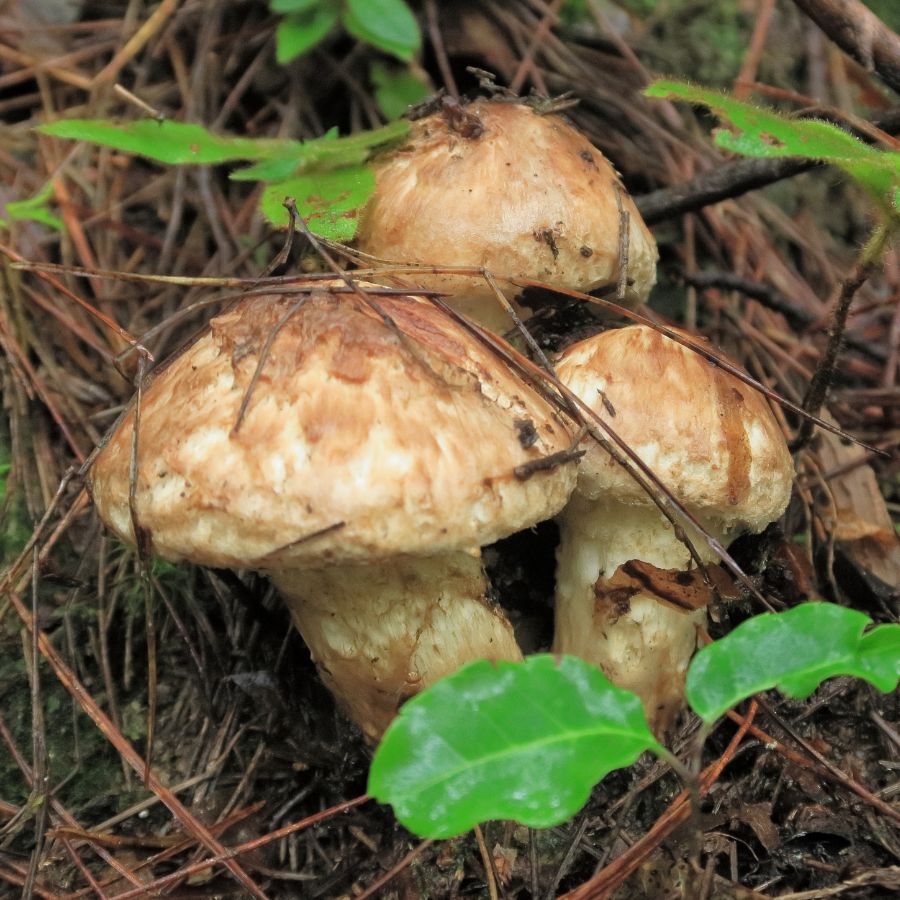
Forageables that are hard to reach or tricky to harvest often end up being more valuable. Some grow in dense forests, need careful digging, or have to be cleaned and prepared before use.
Matsutake mushrooms are a good example, because they grow in specific forest conditions and are hard to spot under layers of leaf litter. Wild ginger and black walnuts, meanwhile, both require extra steps for cleaning and preparation before they can be used or sold.
All of that takes time, effort, and experience. When something takes real work to gather safely, buyers are usually willing to pay more for it.
Foods That Keep Well Are More Valuable to Buyers
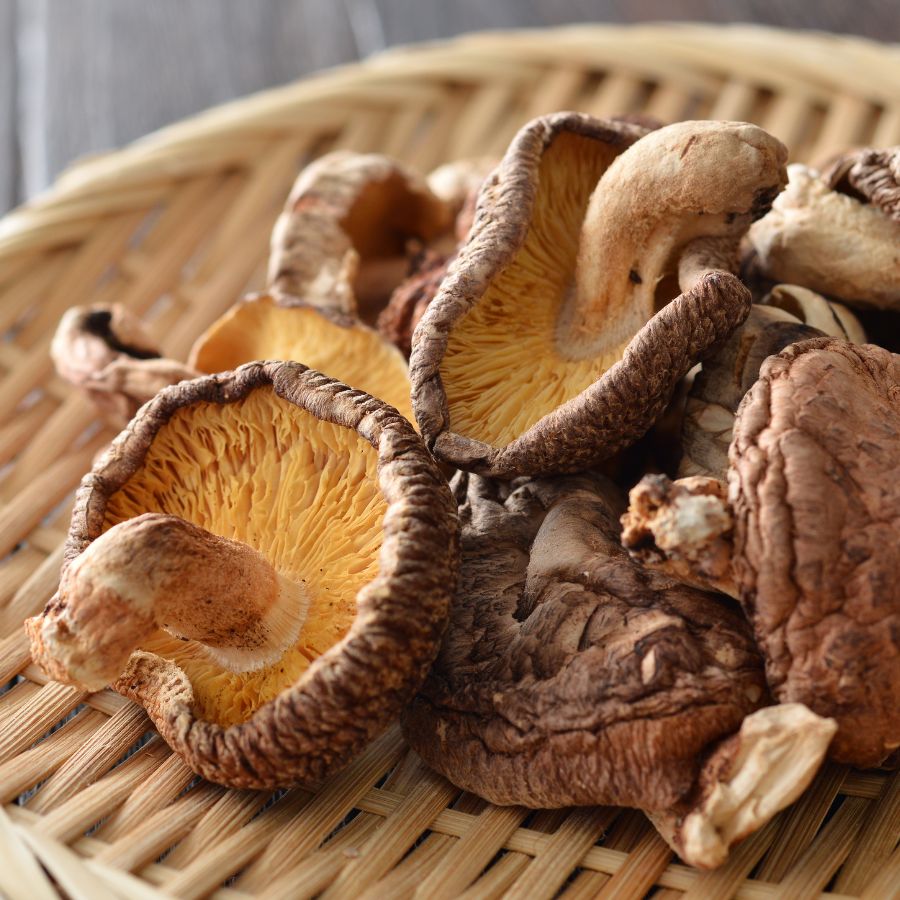
Some forageables, like dried morels or elderberries, can be stored for months without losing their value. These longer-lasting items are easier to sell and often bring in more money over time.
Others, like wild greens or edible flowers, have a short shelf life and need to be used quickly. Many easy-to-identify wild greens and herbs are best when fresh, but can be dried or preserved to extend their usefulness.
A Quick Reminder
Before we get into the specifics about where and how to find these mushrooms, we want to be clear that before ingesting any wild mushroom, it should be identified with 100% certainty as edible by someone qualified and experienced in mushroom identification, such as a professional mycologist or an expert forager. Misidentification of mushrooms can lead to serious illness or death.
All mushrooms have the potential to cause severe adverse reactions in certain individuals, even death. If you are consuming mushrooms, it is crucial to cook them thoroughly and properly and only eat a small portion to test for personal tolerance. Some people may have allergies or sensitivities to specific mushrooms, even if they are considered safe for others.
The information provided in this article is for general informational and educational purposes only. Foraging for wild mushrooms involves inherent risks.
Foraging Mistakes That Cost You Big Bucks
When you’re foraging for high-value plants, mushrooms, or other wild ingredients, every decision matters. Whether you’re selling at a farmers market or stocking your own pantry, simple mistakes can make your harvest less valuable or even completely worthless.
Harvesting at the Wrong Time
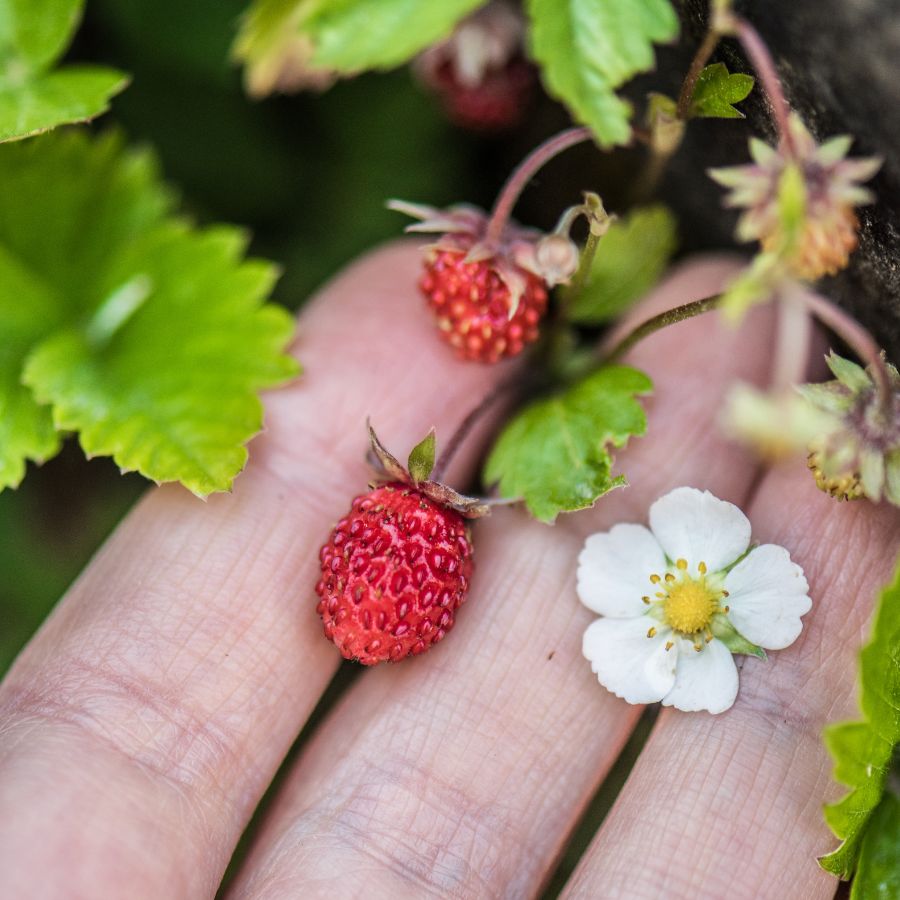
Harvesting at the wrong time can turn a valuable find into something no one wants. Plants and mushrooms have a short window when they’re at their best, and missing it means losing quality.
Morels, for example, shrink and dry out quickly once they mature, which lowers their weight and price. Overripe berries bruise in the basket and spoil fast, making them hard to store or sell.
Improper Handling After Harvest
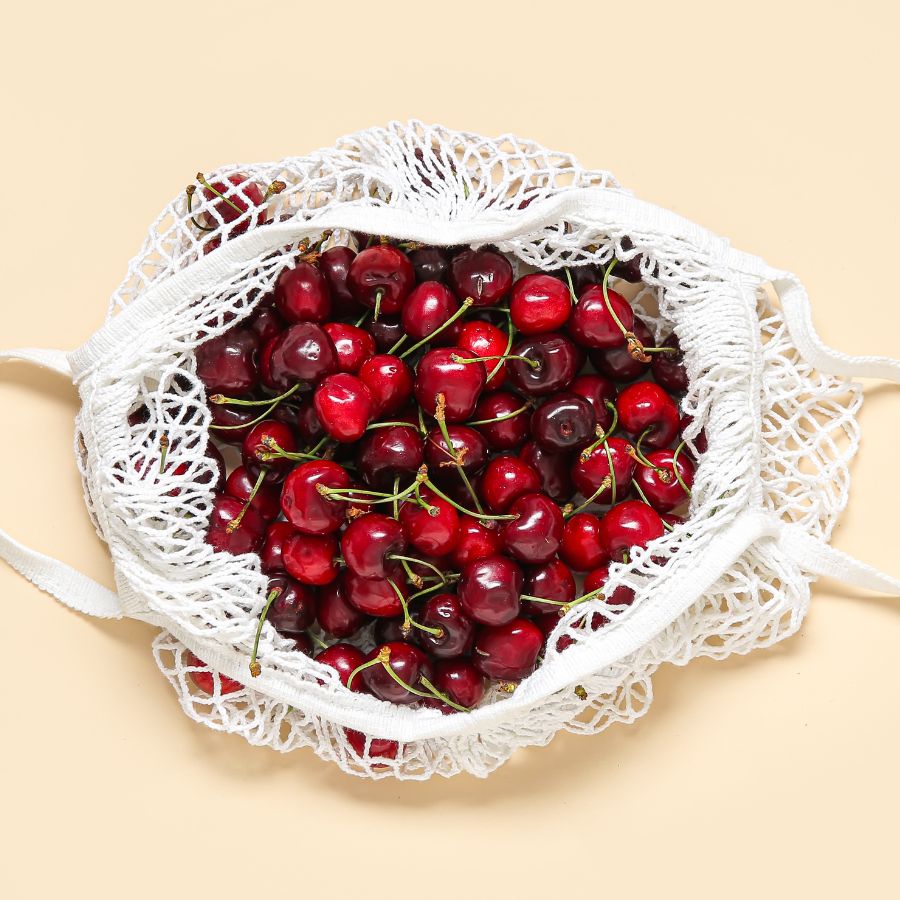
Rough handling can ruin even the most valuable forageables. Crushed mushrooms, wilted greens, and dirty roots lose both their appeal and their price.
Use baskets or mesh bags to keep things from getting smashed and let air circulate. Keeping everything cool and clean helps your harvest stay fresh and look better for longer.
This is especially important for delicate items like wild roots and tubers that need to stay clean and intact.
Skipping Processing Steps
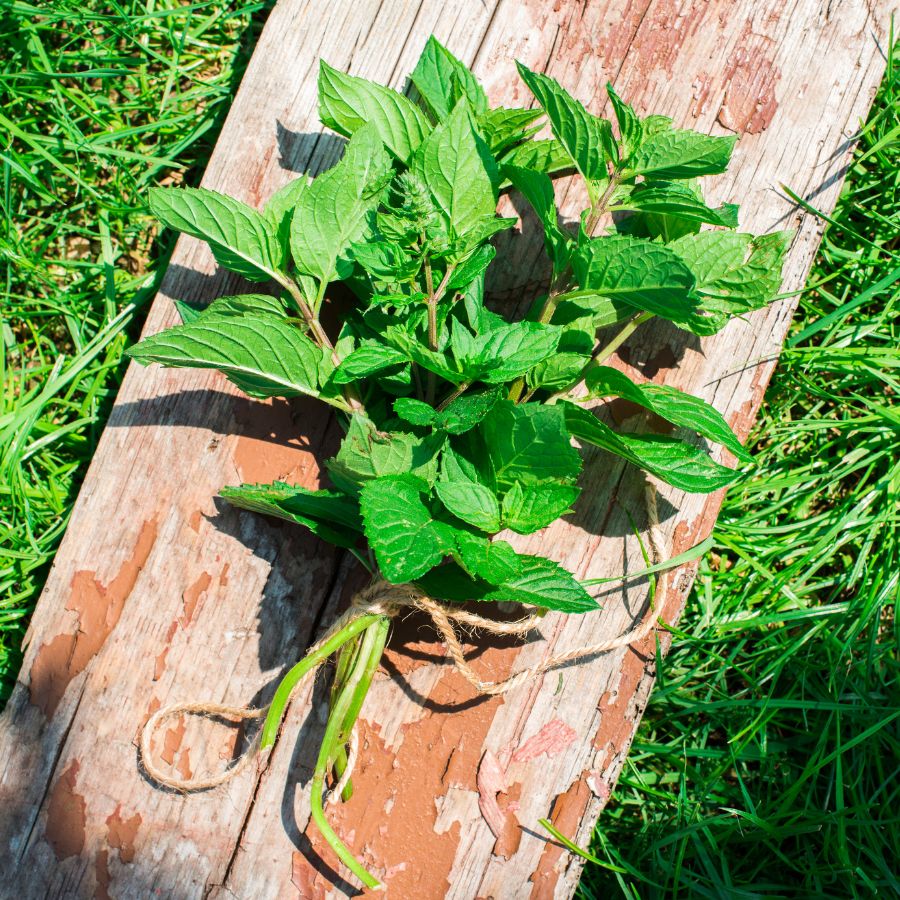
Skipping basic processing steps can cost you money. A raw harvest may look messy, spoil faster, or be harder to use.
For example, chaga is much more valuable when dried and cut properly. Herbs like wild mint or nettle often sell better when bundled neatly or partially dried. If you skip these steps, you may end up with something that looks unappealing or spoils quickly.
Collecting from the Wrong Area
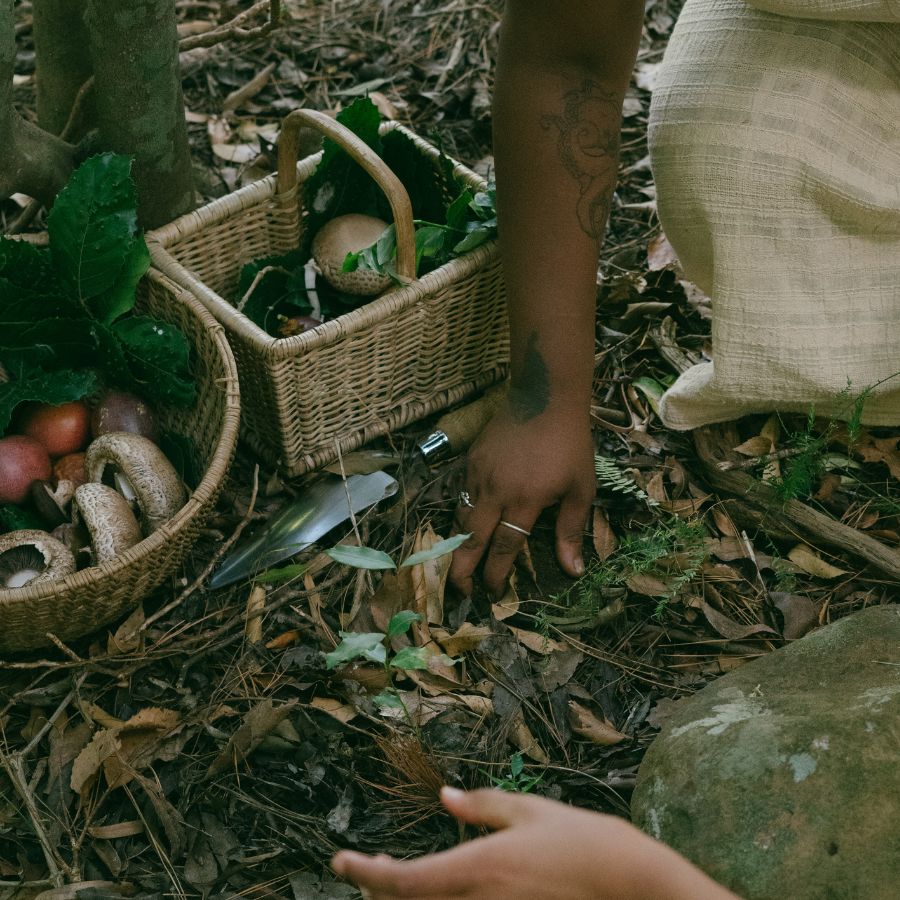
Harvesting in the wrong place can ruin a good find. Plants and mushrooms pulled from roadsides or polluted ground may be unsafe, no matter how fresh they look.
Buyers want to know their food comes from clean, responsible sources. If a spot is known for overharvesting or damage, it can make the whole batch less appealing.
These suburbia foraging tips can help you find overlooked spots that are surprisingly safe and productive.
Not Knowing the Market
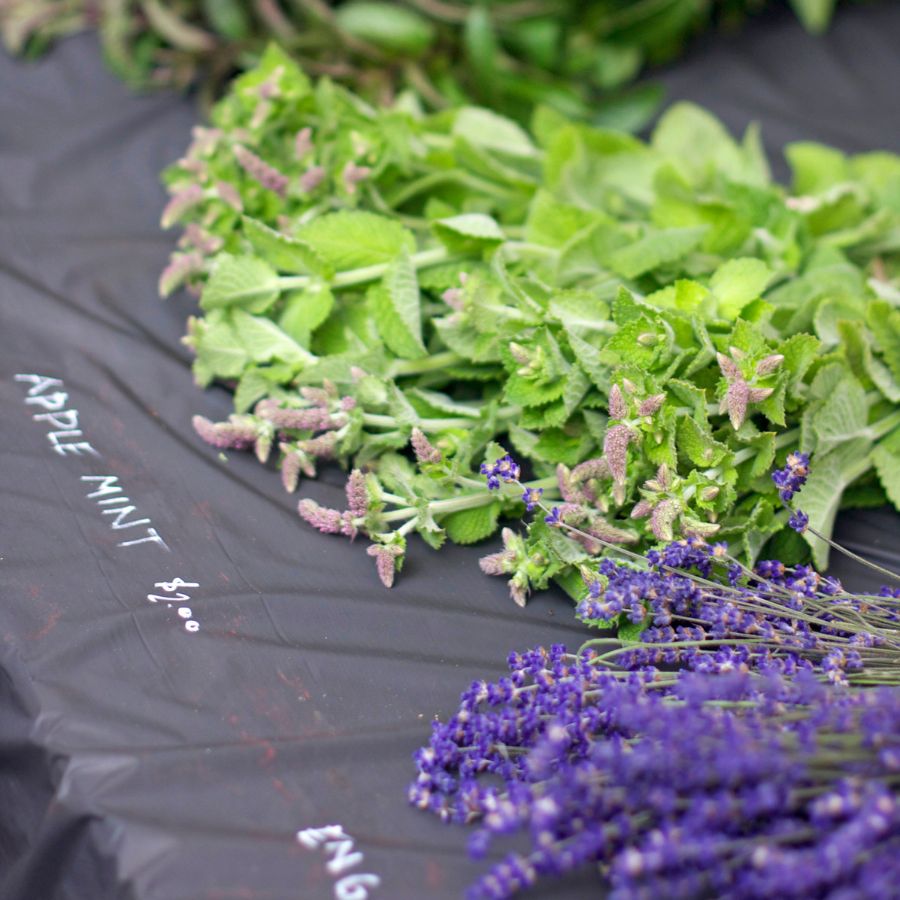
A rare plant isn’t valuable if nobody wants to buy it. If you gather in-demand species like wild ramps or black trumpets, you’re more likely to make a profit. Pay attention to what chefs, herbalists, or vendors are actually looking for.
Foraging with no plan leads to wasted effort and unsold stock. Keeping up with demand helps you bring home a profit instead of a pile of leftovers.
You can also brush up on foraging for survival strategies to identify the most versatile and useful wild foods.
Before you head out
Before embarking on any foraging activities, it is essential to understand and follow local laws and guidelines. Always confirm that you have permission to access any land and obtain permission from landowners if you are foraging on private property. Trespassing or foraging without permission is illegal and disrespectful.
For public lands, familiarize yourself with the foraging regulations, as some areas may restrict or prohibit the collection of mushrooms or other wild foods. These regulations and laws are frequently changing so always verify them before heading out to hunt. What we have listed below may be out of date and inaccurate as a result.
The Most Valuable Forageables in the State
Some of the most sought-after wild plants and fungi here can be surprisingly valuable. Whether you’re foraging for profit or personal use, these are the ones worth paying attention to:
Black Trumpet Mushrooms (Craterellus fallax)
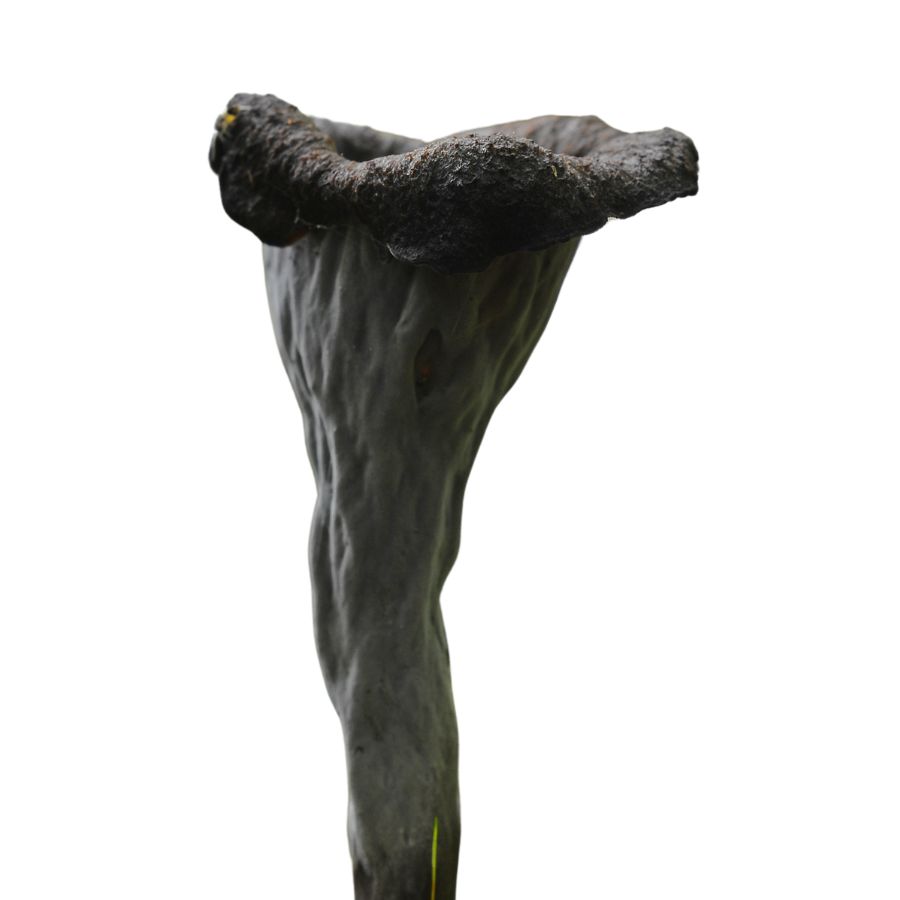
Black Trumpet Mushrooms blend into fallen leaves with their black to dark gray coloring. Their thin, trumpet-shaped caps have wavy edges and grow in clusters on the forest floor.
The rich, fruity smell of black trumpets reminds many foragers of apricots. You’ll usually find them under hardwood trees like oak and beech during summer and fall. They prefer areas with lots of dead leaves and moss.
What makes these mushrooms special for beginners is that they have almost no dangerous lookalikes. You can eat the whole mushroom, and they dry easily for later use. Their flavor is smoky and earthy with a hint of black pepper.
Chefs love black trumpets for the deep flavor they add to soups and egg dishes. They contain protein, vitamins, and minerals that are good for your health.
Chicken of the Woods (Laetiporus sulphureus)
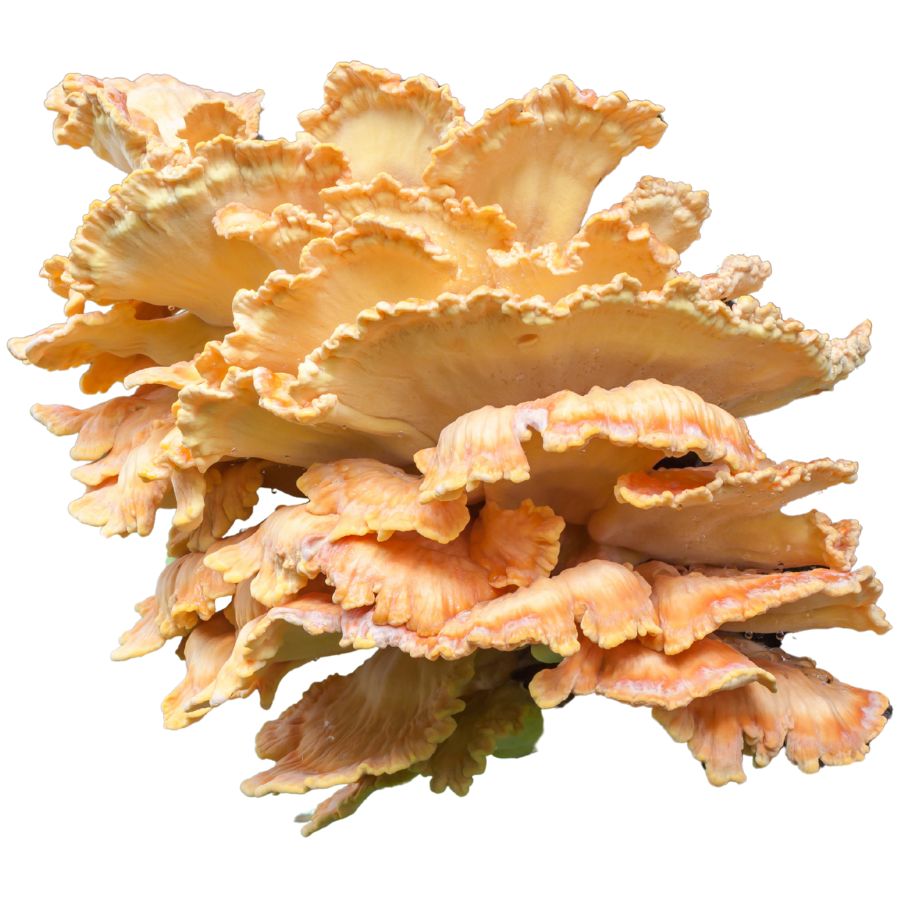
The forest’s natural chicken substitute grows as bright orange and yellow shelves on tree trunks and stumps. Chicken of the Woods mushrooms can form massive clusters weighing several pounds. When cooked right, they have the taste and texture that reminds people of chicken meat.
You should only harvest the soft outer edges since the center gets tough as the mushroom ages.
Always cook these mushrooms well before eating them. Some people get stomach aches if they eat ones growing on certain trees like pine or eucalyptus.
The best way to know you’ve found the right mushroom is by checking for their bright color and lack of gills. Instead of gills, the underside has tiny pores. Stay away from any similar mushrooms that have gills underneath.
Mayhaws (Crataegus opaca)
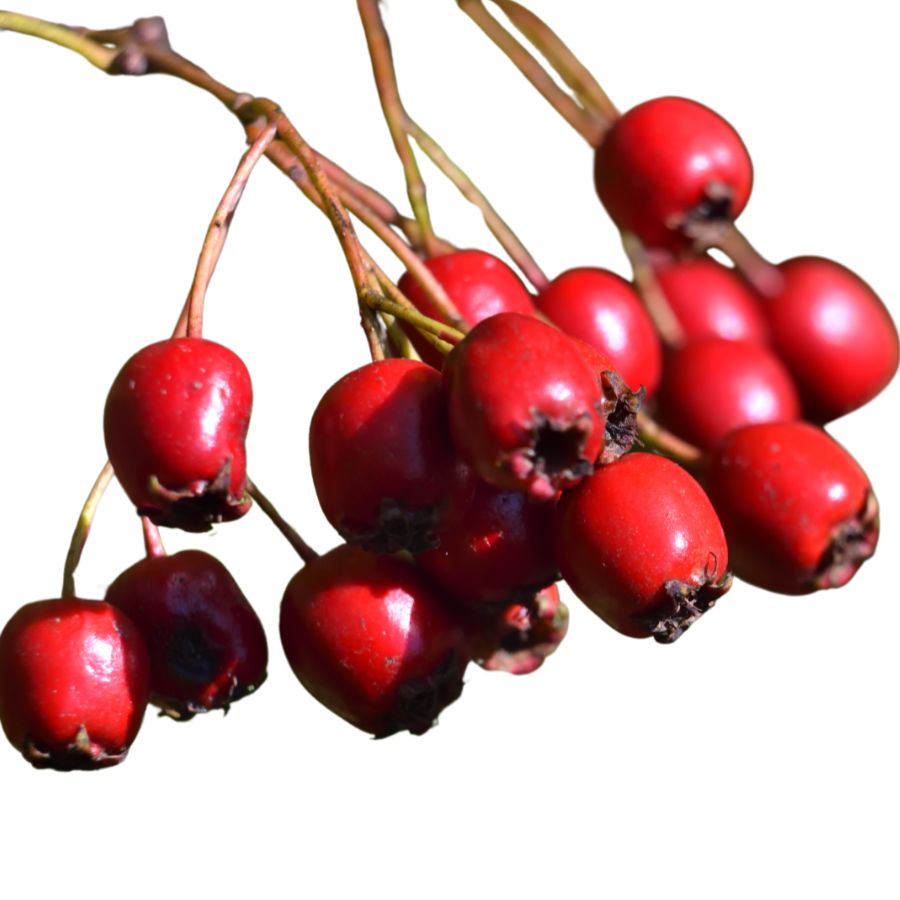
Southern jelly-makers treasure the small, ruby-red Mayhaw fruits that ripen each spring. These tart berries grow on thorny trees found in wet areas and along rivers in the southeastern United States. Though too sour to eat raw, they make wonderfully sweet jellies and preserves.
Mayhaw trees have sharp thorns and leaves with rounded lobes. The fruits are about the size of cranberries and turn bright red when ripe. Most people collect them in May, which is how they got their name.
When looking for Mayhaws, pick fruits that are red with no spots or mold. Many foragers shake the trees and catch the fruits on tarps below. Others collect them from the ground or pick them directly from branches.
These fruits naturally contain lots of pectin, which helps jelly set without adding store-bought thickeners. They’re also packed with vitamin C and other healthy compounds that fight cell damage.
American Persimmons (Diospyros virginiana)
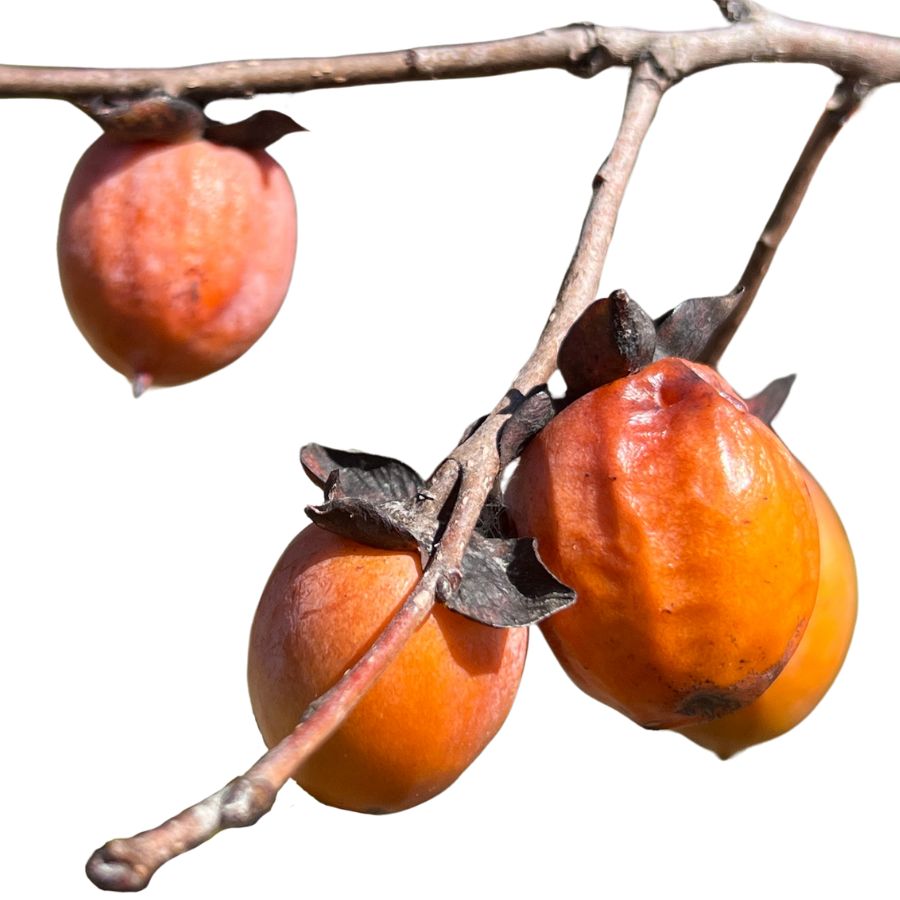
Persimmon, sometimes called American persimmon or common persimmon, grows as a small tree with rough, blocky bark and oval-shaped leaves. The fruit looks like a small, flattened tomato and turns a deep orange or reddish color when ripe.
If you bite into an unripe persimmon, you will quickly notice an extremely astringent, mouth-drying effect. A ripe persimmon, on the other hand, tastes sweet, rich, and custard-like, with a soft and jelly-like texture inside.
You can eat persimmons fresh once they are fully ripe, or you can cook them down into puddings, jams, and baked goods. Some people also mash and freeze the pulp to use later for pies, breads, and sauces.
Wild persimmons can sometimes be confused with black nightshade berries, but nightshade fruits are much smaller, grow in clusters, and stay dark purple or black. Only the ripe fruit of the persimmon tree should be eaten; the seeds and the unripe fruit are not edible.
Muscadine Grapes (Vitis rotundifolia)
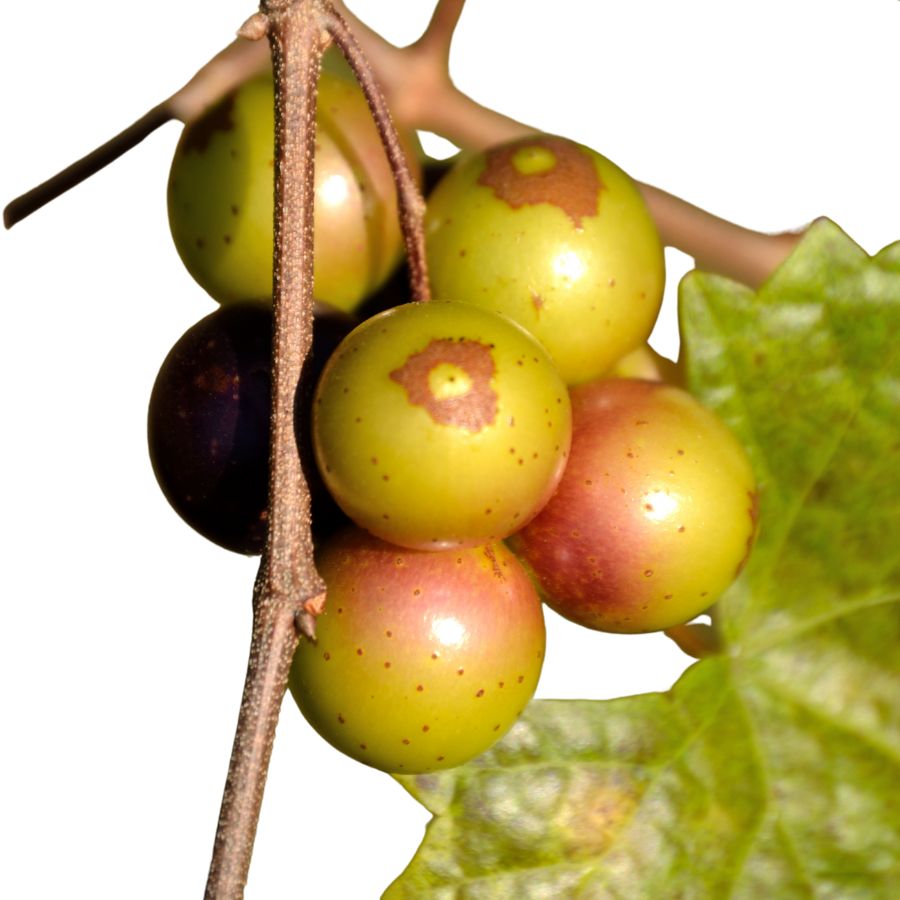
Unlike grocery store grapes, these wild fruits have thick, tough skins and grow as single berries rather than in bunches. They can be bronze, purple, or black when ripe.
Muscadines grow on vines that climb trees in southern woods and fields. The vines use curly tendrils to hold onto branches and have bark that peels in strips when mature. The leaves have pointed tips and jagged edges.
To eat fresh muscadines, squeeze the sweet pulp into your mouth and throw away the thick skin and seeds. Many people use them to make juice, jelly, and wine. The skins, though tough, contain helpful compounds that may protect against heart disease.
Be careful not to confuse muscadines with moonseed, which is poisonous. Moonseed doesn’t have tendrils for climbing, and its seeds are shaped like tiny moons.
Morel Mushrooms (Morchella americana)
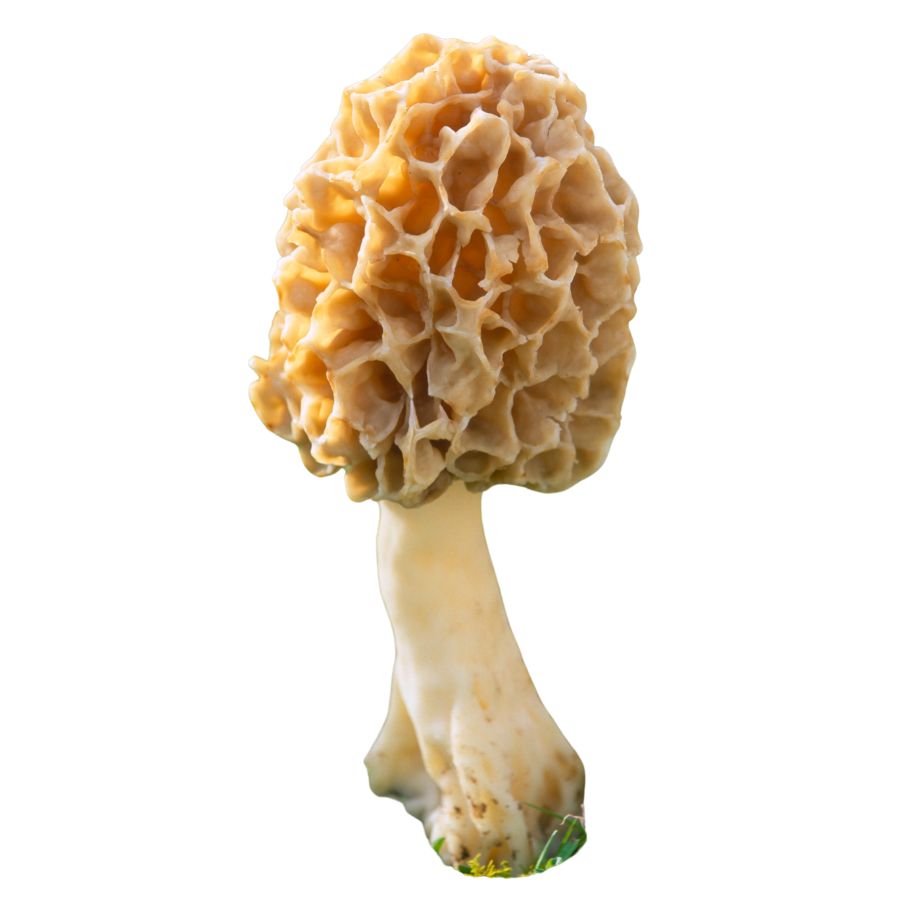
Treasure hunters of the mushroom world search for morels each spring, when these valuable fungi push up through the forest floor. Their honeycomb-patterned caps look like natural sponges on hollow stems. True morels are completely hollow inside when cut lengthwise.
These mushrooms can’t be grown in large amounts like button mushrooms, which makes wild morels very valuable. Restaurants may pay over $50 per pound for fresh specimens. People often keep their morel hunting spots secret.
Morels typically appear near certain trees like ash, elm, and apple, especially in areas that had fires the year before. They seem to pop up overnight when soil temperatures reach the right level.
Always cook morels thoroughly before eating. They contain small amounts of toxins that cooking destroys. Watch out for false morels, which look similar but have wrinkled caps instead of honeycomb patterns and aren’t hollow inside. False morels can make you very sick.
Pecan Nuts (Carya illinoinensis)
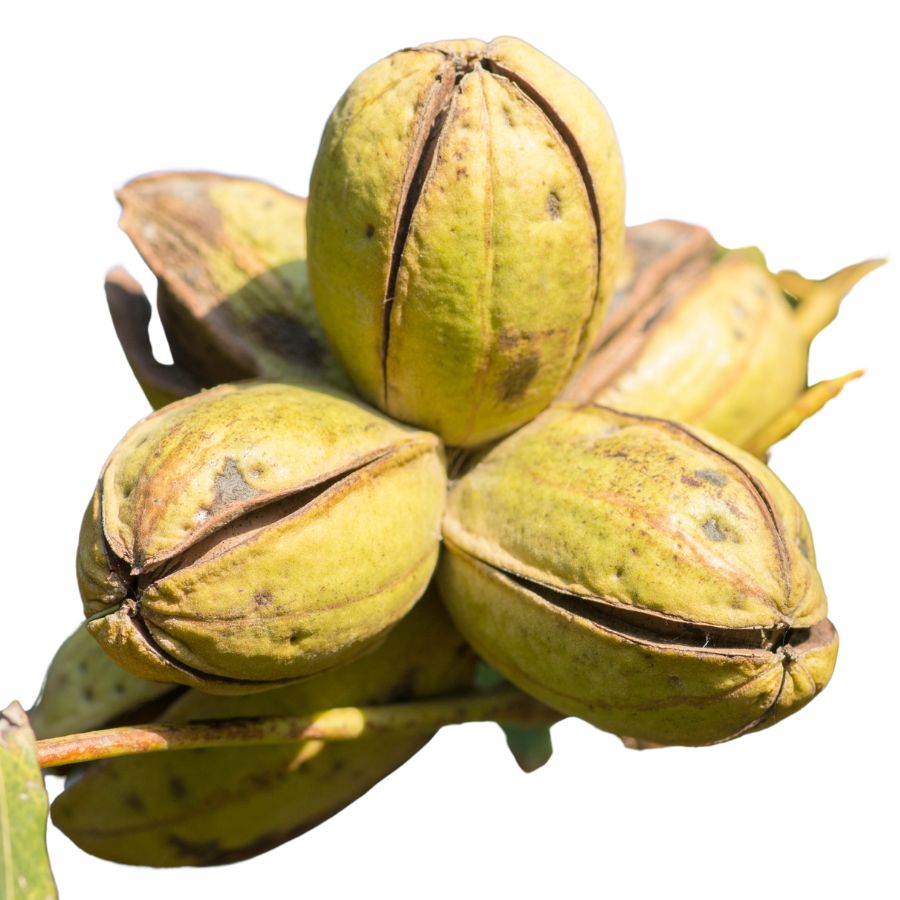
Pecan trees are sometimes called sweet pecans or just pecans, and they are easy to recognize once you know what to look for. They grow tall with long, feather-like leaves and produce a thick-shelled nut that splits open when ripe, revealing the edible part inside.
The nuts are hidden inside a smooth brown shell surrounded by a greenish husk. Some types of hickory nuts can look similar, but pecans are more elongated and have a thinner shell that cracks more easily.
Pecans have a rich, buttery flavor with a slightly sweet aftertaste, and their texture is firm yet tender when fresh. They are commonly roasted, baked into pies, or used raw in salads and desserts for added crunch and flavor.
Be careful not to eat the green outer husk or the hard shell, as only the nutmeat inside is edible. When gathering pecans, make sure they are fully ripened and free from mold or bitterness, which can ruin their flavor.
Ramps (Allium tricoccum)
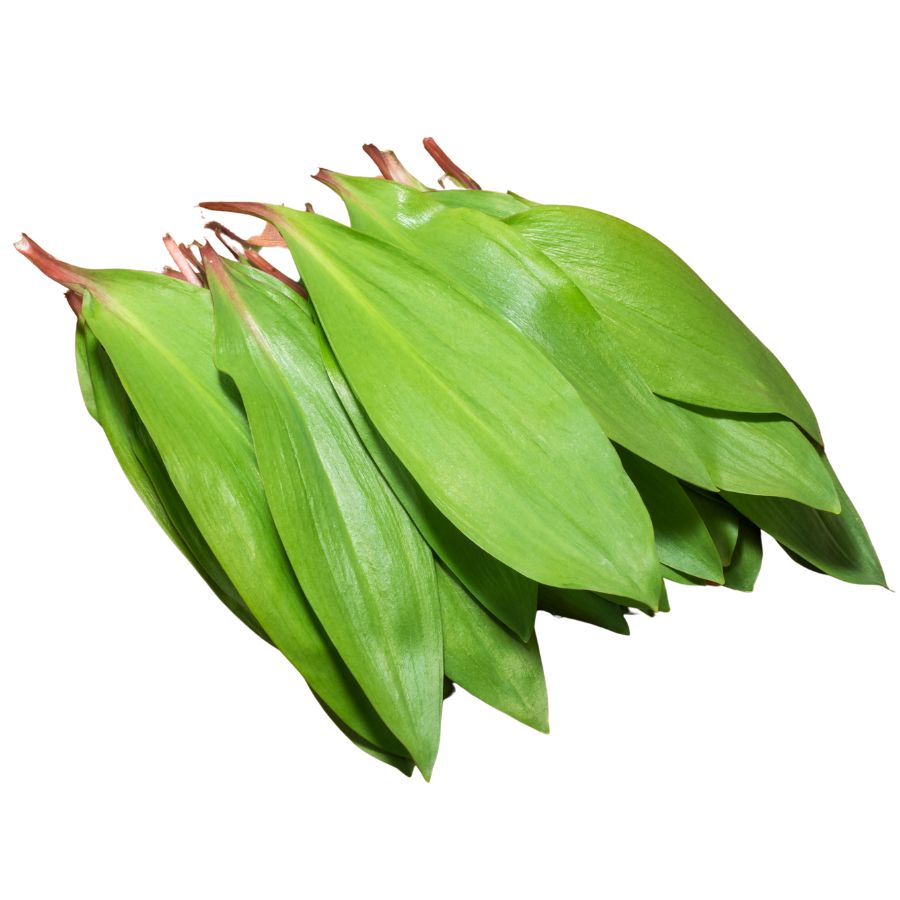
Known as ramp, wild leek, or ramson, this flavorful plant is famous for its broad green leaves and slender white stems. It grows low to the ground and gives off a strong onion-like scent when bruised, which can help you tell it apart from toxic lookalikes like lily of the valley.
If you give it a taste, you will notice a bold mix of onion and garlic flavors, with a tender texture that softens even more when cooked. People often sauté the leaves and stems, pickle the bulbs, or blend them into pestos and soups.
The entire plant can be used for cooking, but the leaves and bulbs are the most prized parts. It is important not to confuse it with similar-looking plants that do not have the signature onion smell when crushed.
Wild leek populations have declined in some areas because of overharvesting, so it is a good idea to only take a few from any given patch. When harvested thoughtfully, these vibrant greens can add a punch of flavor to just about anything you make.
Black Walnuts (Juglans nigra)
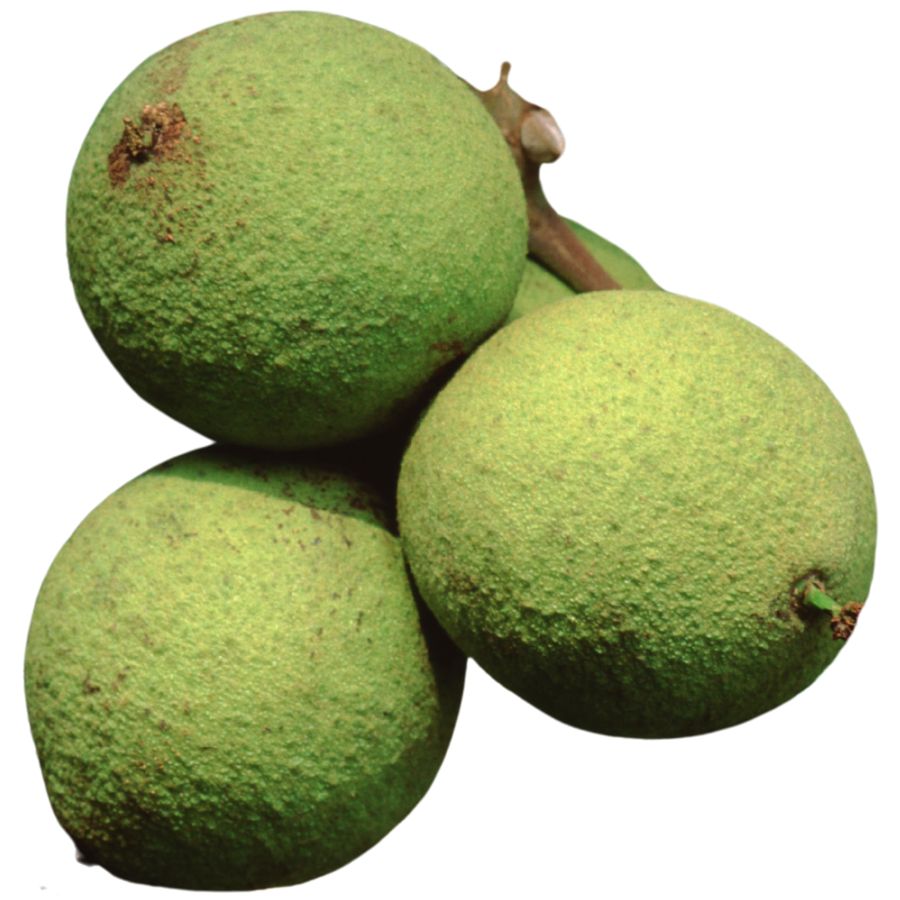
The nuts of the black walnut, sometimes called American walnut or eastern black walnut, have a tough outer husk and a deeply ridged shell inside. When you crack them open, you will find a rich, oily seed with an earthy, slightly bitter flavor that sets them apart from the sweeter English walnut.
It is easy to confuse black walnut with butternut, another tree with compound leaves and rough bark. If you check the nuts closely, black walnut fruits are round with a thick green husk, while butternuts are more oval and sticky.
When you get your hands on the nuts, the common ways to prepare them include baking them into cookies, sprinkling them over salads, or grinding them into a strong-tasting flour. The seeds themselves have a firm, almost chewy texture when raw and become crunchy after roasting.
Only the inner seed is eaten, while the outer husk and shell are discarded because they contain compounds that can irritate your skin. A fun fact about this plant is that even the roots and leaves produce a chemical called juglone, which can make it hard for other plants to grow nearby.
Sassafras Leaves (Sassafras albidum)
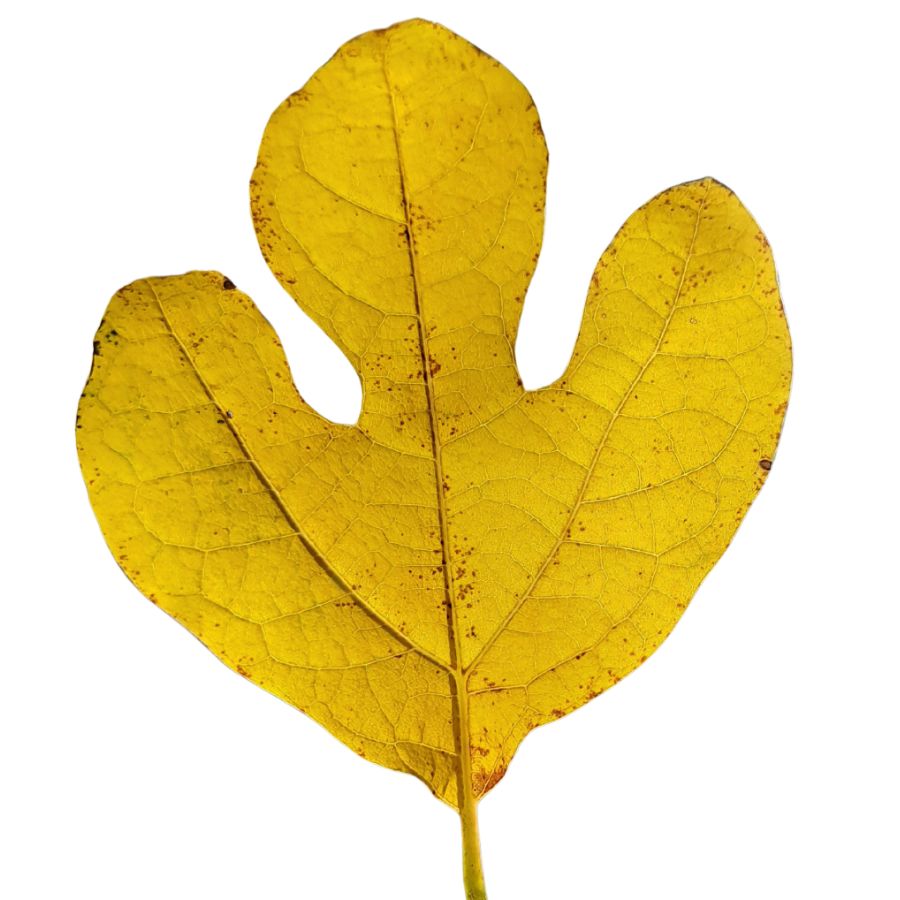
Sassafras is a small deciduous tree with bright green leaves that feel slightly mucilaginous when crushed. You can eat the young leaves raw or dried, and they develop a unique flavor—lightly citrusy, with a smooth texture when chewed.
People use the ground leaves as a thickener in soups and stews, especially in southern recipes. The bark and roots have a stronger taste and were historically brewed into teas with a deep, spicy profile.
There’s a caution with sassafras root: it contains safrole, which has been restricted from commercial food use due to safety studies. However, using a small amount occasionally in traditional preparations is still common in home kitchens.
The tree has a sweet, clove-like scent that sets it apart when the leaves or twigs are snapped. Its closest lookalikes lack that scent and don’t have the same combination of leaf shapes on a single branch.
Wild Plums (Prunus americana)
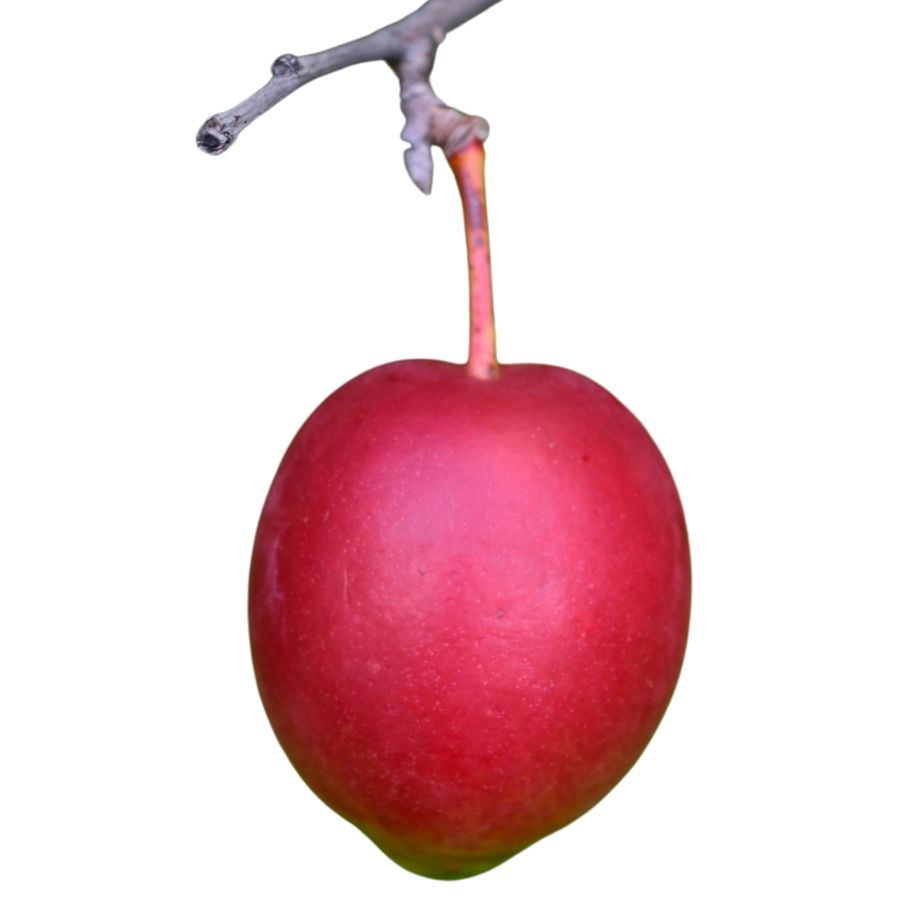
Wild plum, also called American plum or river plum, produces small round fruits that range in color from yellow to deep red when ripe. The skin is slightly tart, but the flesh is soft, juicy, and sweet with a hint of spice.
You can eat the fruit raw or turn it into jellies, sauces, or wines—its natural pectin makes it ideal for preserves. Just avoid the seeds and leaves, which contain compounds that can release cyanide when crushed or chewed.
Its bark is rough and dark, and the branches often have short, sharp spines. The plant’s simple oval leaves and white spring flowers help distinguish it from less edible lookalikes like black cherry, which has longer, narrower leaves with a more bitter fruit.
If the fruit has a strong bitter almond smell when crushed, steer clear—it might be a different species altogether. American plum fruit clusters tend to be smaller and more tightly packed than those of cultivated varieties.
Elderberries (Sambucus canadensis)
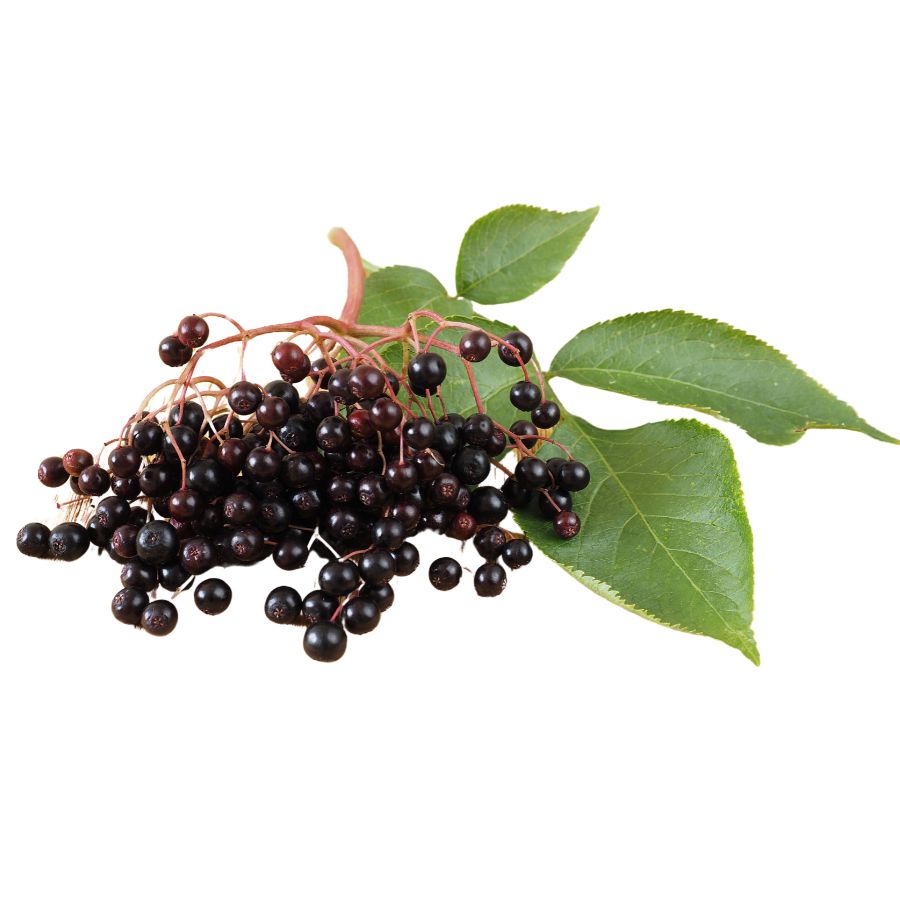
Elderberry is often called American elder, common elder, or sweet elder. It grows as a large, shrubby plant with clusters of tiny white flowers that eventually turn into deep purple to black berries.
You can recognize elderberry by its compound leaves with five to eleven serrated leaflets and its flat-topped flower clusters. One important thing to watch out for is its toxic lookalikes, like pokeweed, which has very different smooth-edged leaves and reddish stems.
The ripe berries have a tart, almost earthy flavor and a soft texture when cooked. People usually cook elderberries into syrups, jams, pies, or wine because eating raw berries can cause nausea.
Only the ripe, cooked berries and flowers are edible, while the leaves, stems, and unripe berries are toxic. Always take care to strip the berries cleanly from their stems before using them, as even small bits of stem can cause problems.
Wild Mint (Mentha arvensis)

You’re probably familiar with the strong scent of wild mint, which comes from the essential oils concentrated in its leaves. It has square stems, lance-shaped leaves with slightly toothed edges, and pale lilac flower clusters.
The fresh leaves can be eaten raw, cooked into soups, or muddled into drinks for a crisp flavor. Expect a bright, menthol-like kick with a hint of sweetness.
False mint species like purple deadnettle grow in similar spots but lack the menthol smell and have fuzzy leaves. If the plant doesn’t smell like mint, it probably isn’t.
Stick to the leaves and younger stems for eating because the woody stalks aren’t palatable. Wild mint also holds up well when dried and stored for tea or seasoning.
Wild Arugula (Diplotaxis tenuifolia)
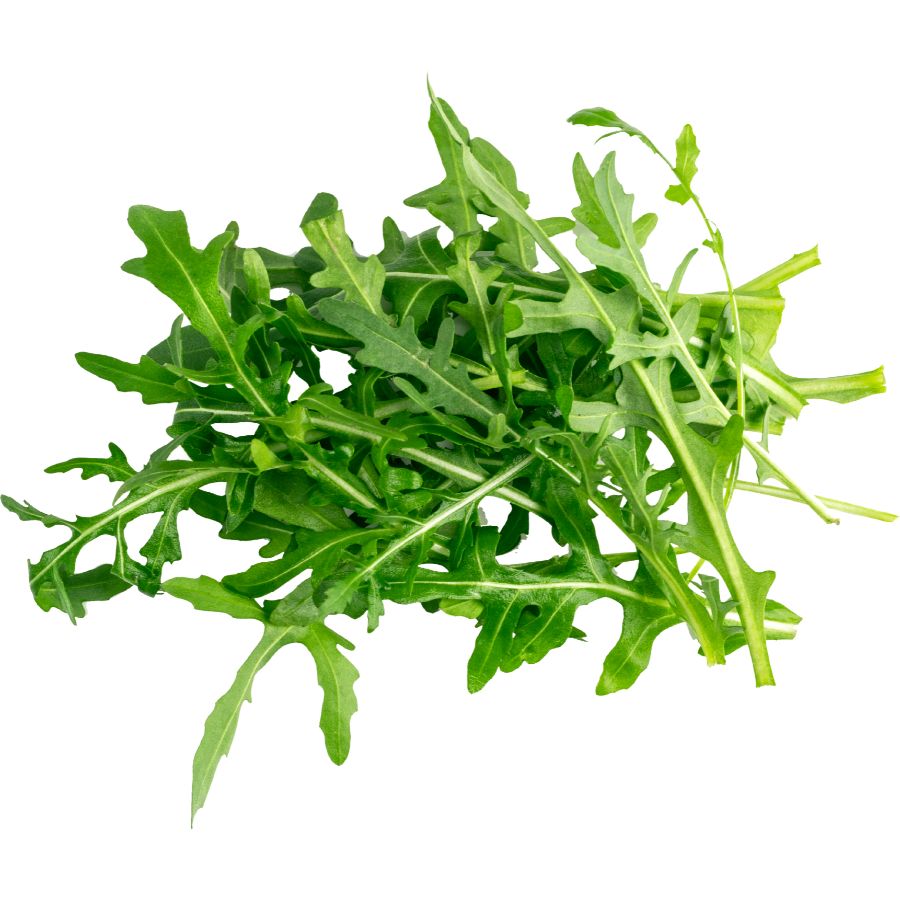
Wild arugula has deeply cut leaves that grow in circles close to the ground. Later, tall stems with flowers grow up from these circles. This plant tastes much spicier than the arugula you buy in stores.
You can find wild arugula in places where the soil has been turned over, like along roads or in empty lots. It grows small yellow flowers that turn into skinny seed pods.
To make sure you have the right plant, crush a leaf and smell it. It should have a strong spicy smell. Wild mustard looks similar, but its leaves aren’t cut as deeply and don’t smell as strong.
Pick young leaves for milder flavor. You can eat the whole plant, but older leaves taste more bitter. Wild arugula has lots of vitamins A, C, and K, plus other good things that help keep you healthy.
Wood Sorrel (Oxalis stricta)
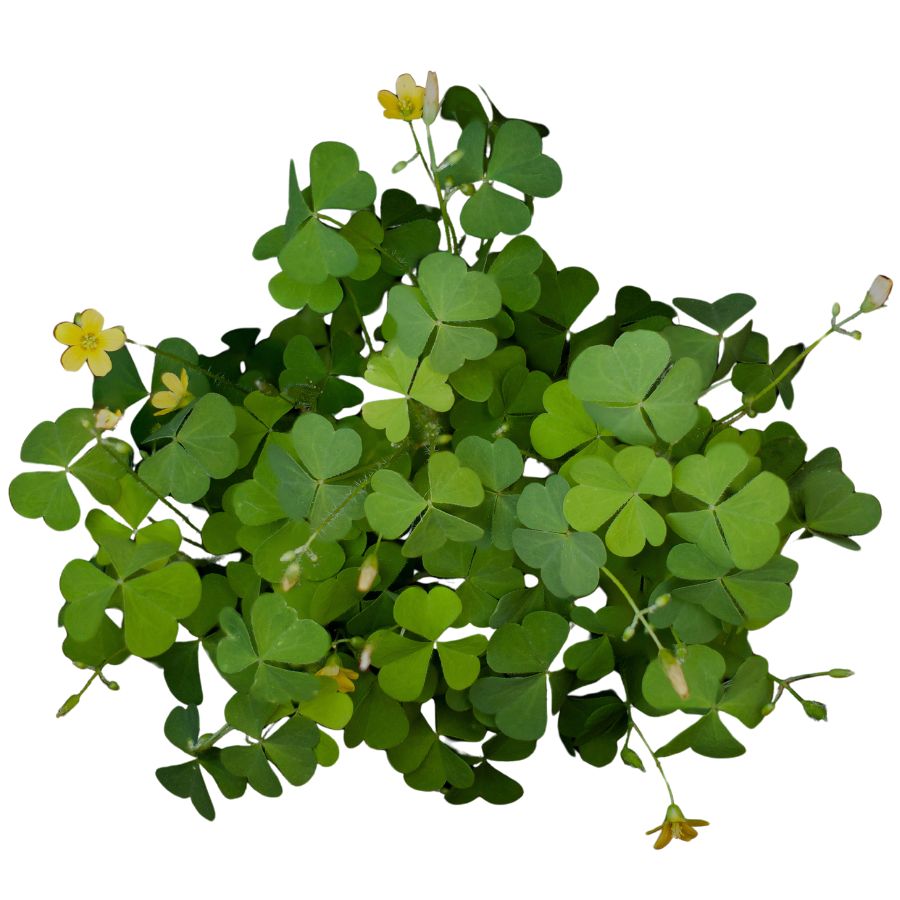
Wood sorrel has clover-like leaves and small yellow flowers. Each leaflet is heart-shaped, and the plant often folds up when touched or in low light.
The leaves, flowers, and seed pods are all safe to eat and have a tart, lemony flavor thanks to the oxalic acid they contain. You can toss them into salads, use them as a garnish, or nibble on them raw for a refreshing sour bite.
Be careful not to confuse it with clover, which has rounder leaves and lacks the same sharp tang when tasted. Large amounts of wood sorrel aren’t recommended if you have kidney issues, since oxalic acid can be hard on the kidneys over time.
The texture of the leaves is soft and delicate, making them a nice contrast in dishes with heavier greens. Even the seed pods have a bit of crunch and a pleasant tang if you catch them before they dry out.
Chufa Nuts (Cyperus esculentus)
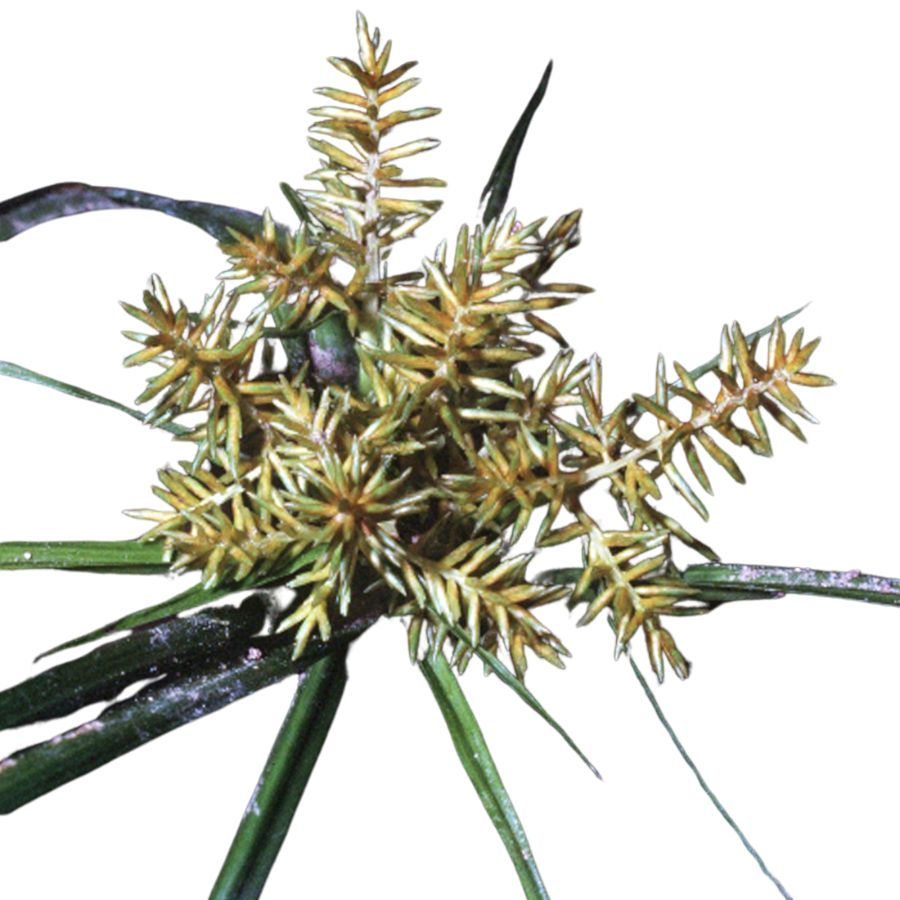
Chufa nuts grow underground at the roots of grass-like plants. They aren’t really nuts, but small, round tubers about the size of chickpeas. They taste sweet and nutty, a bit like almonds mixed with coconut.
Above ground, chufa plants look like grass with three-sided stems and thin leaves. The good stuff grows in bunches under the soil.
These little tubers are packed with good fats, protein, fiber, and minerals. You can eat them raw after washing them, roast them for extra crunch, or grind them into flour.
When looking for chufa, search for plants with three-sided stems in wet areas. Dig carefully around the bottom to find the tubers. Be careful not to mix them up with yellow nutsedge, which looks almost the same but doesn’t taste as good.
Golden Oyster Mushrooms (Pleurotus citrinopileatus)
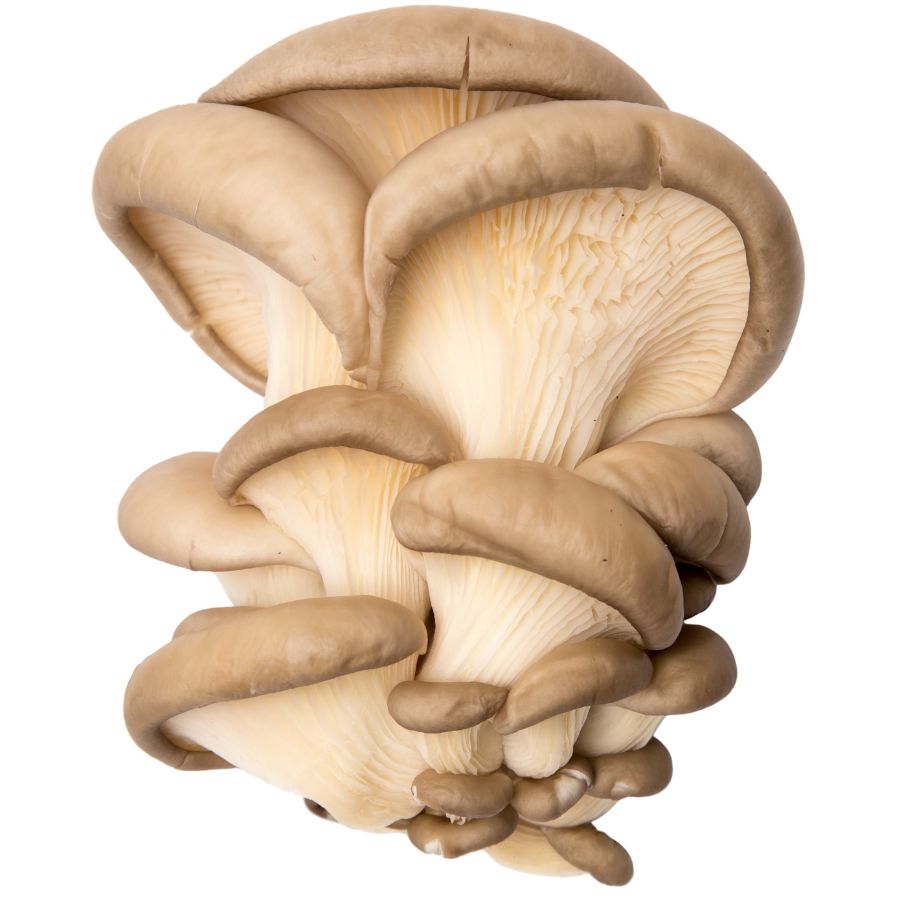
Golden oyster mushrooms grow in bright yellow groups on dead hardwood trees. They hang down like yellow chandeliers in the forest. When they’re young, they smell fruity and feel soft to touch.
To know you’ve found golden oysters, look for their bright yellow color, gills that run down the stem, and shelf-like growth pattern. They usually grow on dying or dead hardwood trees.
You can eat the whole mushroom. They have a mild, slightly sweet taste that becomes nutty when cooked. Their soft texture makes them great for cooking in stir-fries and soups.
Be careful not to confuse them with jack-o’-lantern mushrooms, which can make you sick. Jack-o’-lanterns grow in similar ways but have different gills. Golden oysters have important B vitamins and minerals while being low in calories.
Wild Garlic (Allium vineale)
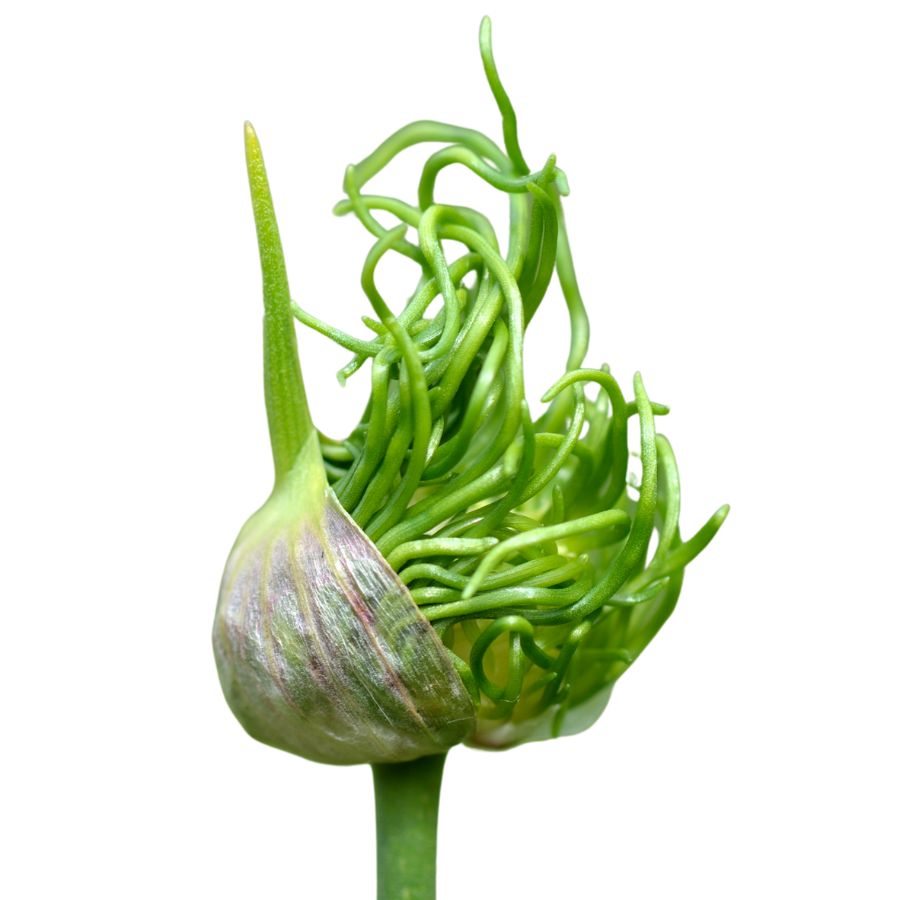
Wild garlic has slender, hollow leaves that look a lot like chives. When you crush the leaves or bulbs between your fingers, they release a strong garlicky smell that makes identification easier.
The are both edible, and You can use the bulbs and leaves raw or cooked in different dishes. Just make sure you are not mistaking it for toxic lookalikes like death camas, which does not smell like garlic at all.
Wild garlic has a sharp, onion-garlic flavor that becomes milder when cooked. You can chop the leaves into salads, stir them into soups, or blend them into sauces like pesto.
One thing to watch for is that the bulbs can sometimes have a tough, fibrous outer layer you will want to peel away before eating. If you want the best flavor, focus on younger, tender leaves rather than older, stringy ones.
Spicebush Berries (Lindera benzoin)
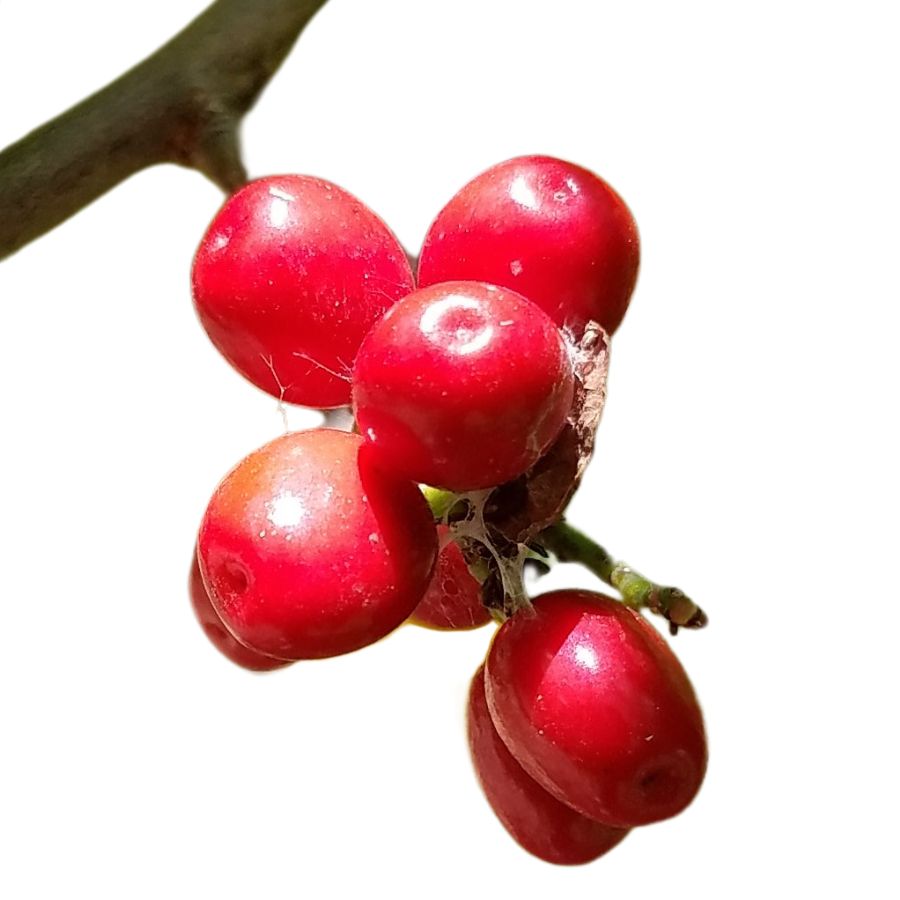
Spicebush has smooth-edged leaves that release a spicy citrus scent when crushed, and it produces clusters of red berries that grow close to the stem. Those berries, along with the young twigs and leaves, are all edible and flavorful.
The berries are especially valued for their warm, peppery kick and are often dried and ground as a seasoning. You can steep the leaves and twigs into tea or simmer them into broths.
Avoid confusing it with lookalikes like Carolina allspice, which has larger, thicker leaves and lacks the same aromatic quality. Its berries also differ in size and internal seed structure.
Spicebush has a long history of use in traditional cooking for its mild numbing effect and warming flavor. Only the berries, leaves, and tender twigs should be consumed—avoid the bark and roots.
Where to Find Valuable Forageables in the State
Some parts of the state are better than others when it comes to finding valuable wild plants and mushrooms. Here are the different places where you’re most likely to have luck:
| Plant | Locations |
|---|---|
| Black Trumpet Mushrooms (Craterellus fallax) | – Homochitto State Forest – Tishomingo State Park – Bienville National Forest (non-federal access zones) |
| Chicken of the Woods (Laetiporus sulphureus) | – De Soto National Forest (non-federal fringe areas) – Leroy Percy State Park – Red Creek Wildlife Management Area |
| Mayhaws (Crataegus opaca) | – Pearl River Wildlife Management Area – Natchez State Park – Okatibbee Lake area |
| American Persimmons (Diospyros virginiana) | – Chickasaw Wildlife Management Area – Tanglefoot Trail corridor – Trace State Park |
| Muscadine Grapes (Vitis rotundifolia) | – Clark Creek Natural Area – Pascagoula River Wildlife Management Area – Lake Lincoln State Park |
| Morel Mushrooms (Morchella americana) | – Noxubee Hills Trail System – Wall Doxey State Park – Holly Springs National Forest (non-fed access) |
| Pecan Nuts (Carya illinoinensis) | – Flint Creek Reservoir region – LeFleur’s Bluff State Park – Bogue Chitto River corridor |
| Ramps (Allium tricoccum) | – Tishomingo Hills area – Grenada Lake backwoods – Red Hill Hollow area near Booneville |
| Black Walnuts (Juglans nigra) | – Delta National Forest borderlands – Lake Tangipahoa vicinity – Panther Swamp WMA |
| Sassafras Leaves (Sassafras albidum) | – Amite River drainage near Liberty – Yockanookany Wildlife Area – Whitington Hollow near Winona |
| Wild Plums (Prunus americana) | – Columbus-Lowndes WMA – Black Creek Trail system – Tallahala WMA |
| Elderberries (Sambucus canadensis) | – Enid Lake shoreline paths – Little Black Creek Water Park – Pearl River basin near Georgetown |
| Wild Mint (Mentha arvensis) | – Okatoma Creek corridor – Roosevelt State Park – Bayou Pierre near Port Gibson |
| Wild Arugula (Diplotaxis tenuifolia) | – Houlka Creek area – Chickasawhay River access areas – Lake Mary floodplain |
| Wood Sorrel (Oxalis stricta) | – Upper Pascagoula tributaries – Lake Pushmataha surroundings – Panola County backroads |
| Chufa Nuts (Cyperus esculentus) | – Sunflower Wildlife Management Area – Tibbee Creek drainage – Leaf River area near Mclain |
| Golden Oyster Mushrooms (Pleurotus citrinopileatus) | – Red Bluff region – Wolf River bottomlands – Maynor Creek area |
| Wild Garlic (Allium vineale) | – Chunky River area – Lake Bogue Homa woods – Old River WMA near Vicksburg |
| Spicebush Berries (Lindera benzoin) | – Turkey Fork Reservoir trails – Neshoba County Lake vicinity – Caston Creek WMA |
When to Forage for Maximum Value
Every valuable wild plant or mushroom has its season. Here’s a look at the best times for harvest:
| Plants | Valuable Parts | Best Harvest Season |
|---|---|---|
| Black Trumpet Mushrooms (Craterellus fallax) | Fruiting bodies (mushroom) | July – September |
| Chicken of the Woods (Laetiporus sulphureus) | Young fruiting bodies (mushroom) | May – August |
| Mayhaws (Crataegus opaca) | Ripe fruits | April – May |
| American Persimmons (Diospyros virginiana) | Fully ripe fruits | September – November |
| Muscadine Grapes (Vitis rotundifolia) | Ripe grapes | August – October |
| Morel Mushrooms (Morchella americana) | Fruiting bodies (mushroom) | March – April |
| Pecan Nuts (Carya illinoinensis) | Mature nuts | October – November |
| Ramps (Allium tricoccum) | Bulbs (April), young leaves (March – April) | March – April (leaves), April (bulbs) |
| Black Walnuts (Juglans nigra) | Nuts (after husk drop) | September – October |
| Sassafras Leaves (Sassafras albidum) | Young leaves (for filé powder), roots (aromatic) | May – July (leaves), October – November (roots) |
| Wild Plums (Prunus americana) | Ripe fruits | June – August |
| Elderberries (Sambucus canadensis) | Ripe berries, flowers | June (flowers), August – September (berries) |
| Wild Mint (Mentha arvensis) | Young leaves, flowering tops | April – July |
| Wild Arugula (Diplotaxis tenuifolia) | Tender young leaves | March – May, September – November |
| Wood Sorrel (Oxalis stricta) | Young leaves, stems, flowers | March – October |
| Chufa Nuts (Cyperus esculentus) | Underground tubers | October – December |
| Golden Oyster Mushrooms (Pleurotus citrinopileatus) | Fruiting bodies (mushroom) | April – September |
| Wild Garlic (Allium vineale) | Bulbs, green shoots | February – April (shoots), May – June (bulbs) |
| Spicebush Berries (Lindera benzoin) | Ripe berries, young leaves | May – June (leaves), September – October (berries) |
One Final Disclaimer
The information provided in this article is for general informational and educational purposes only. Foraging for wild plants and mushrooms involves inherent risks. Some wild plants and mushrooms are toxic and can be easily mistaken for edible varieties.
Before ingesting anything, it should be identified with 100% certainty as edible by someone qualified and experienced in mushroom and plant identification, such as a professional mycologist or an expert forager. Misidentification can lead to serious illness or death.
All mushrooms and plants have the potential to cause severe adverse reactions in certain individuals, even death. If you are consuming foraged items, it is crucial to cook them thoroughly and properly and only eat a small portion to test for personal tolerance. Some people may have allergies or sensitivities to specific mushrooms and plants, even if they are considered safe for others.
Foraged items should always be fully cooked with proper instructions to ensure they are safe to eat. Many wild mushrooms and plants contain toxins and compounds that can be harmful if ingested.

